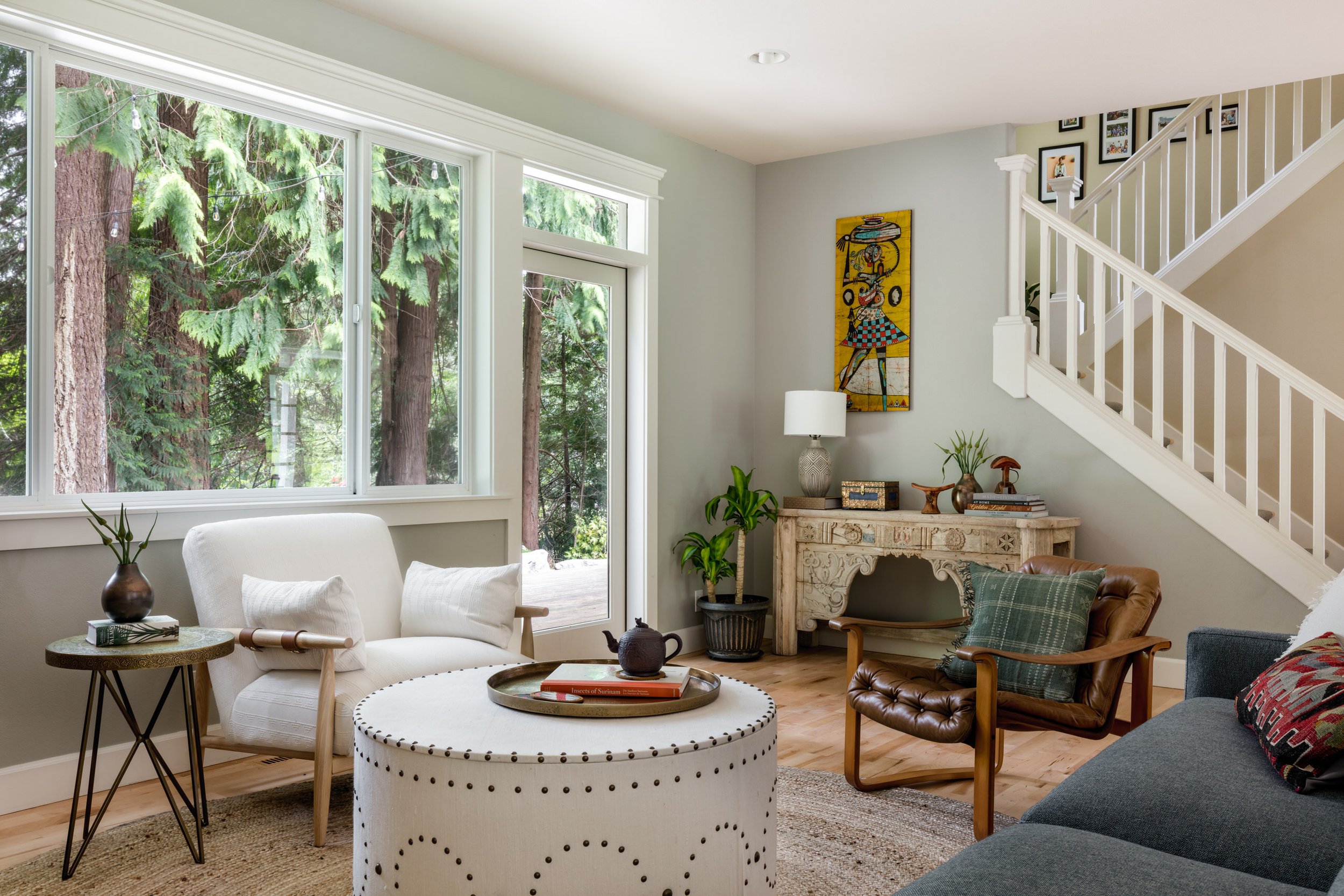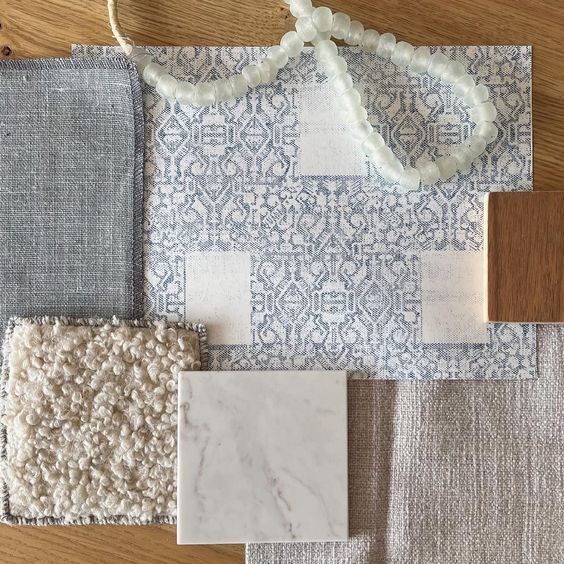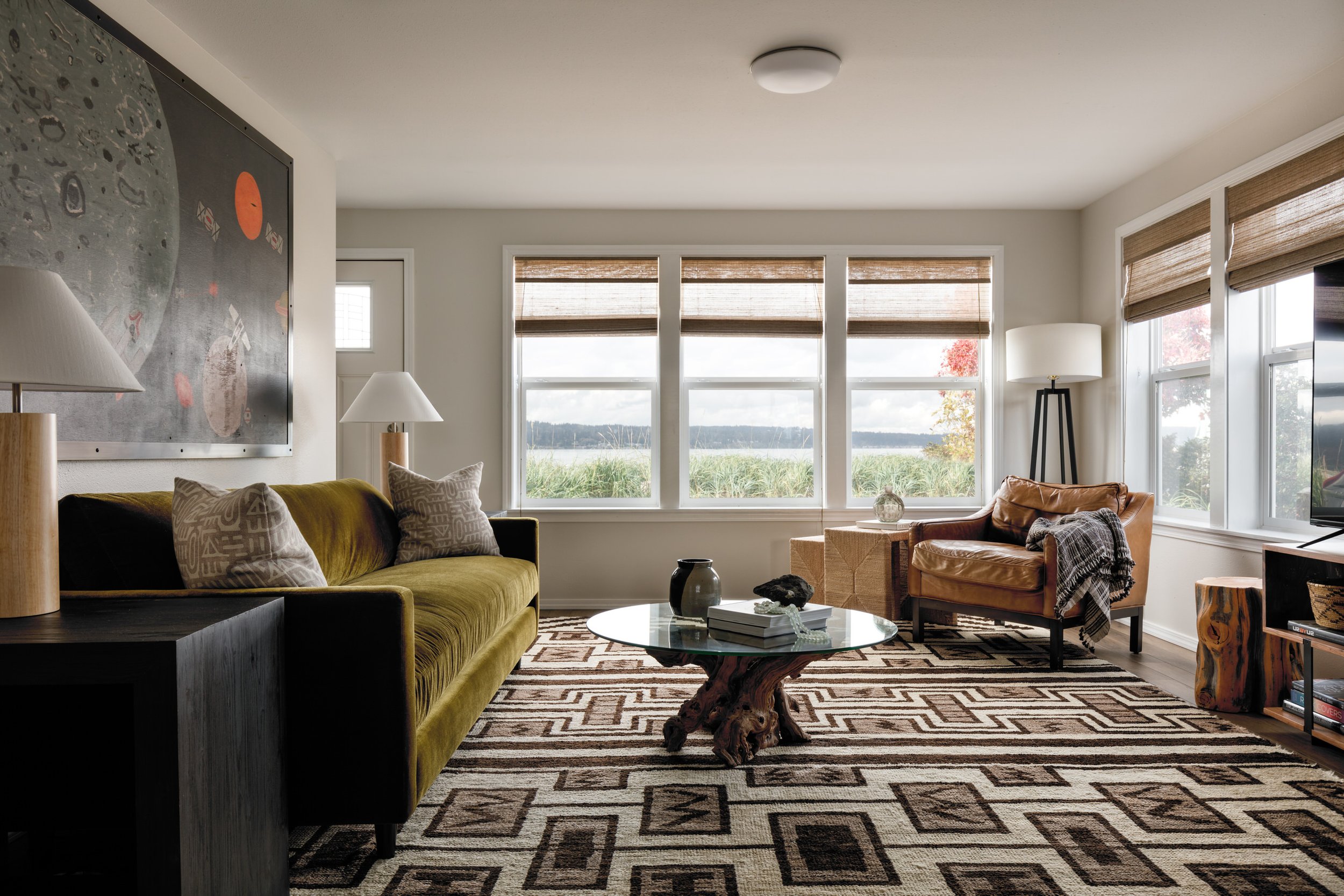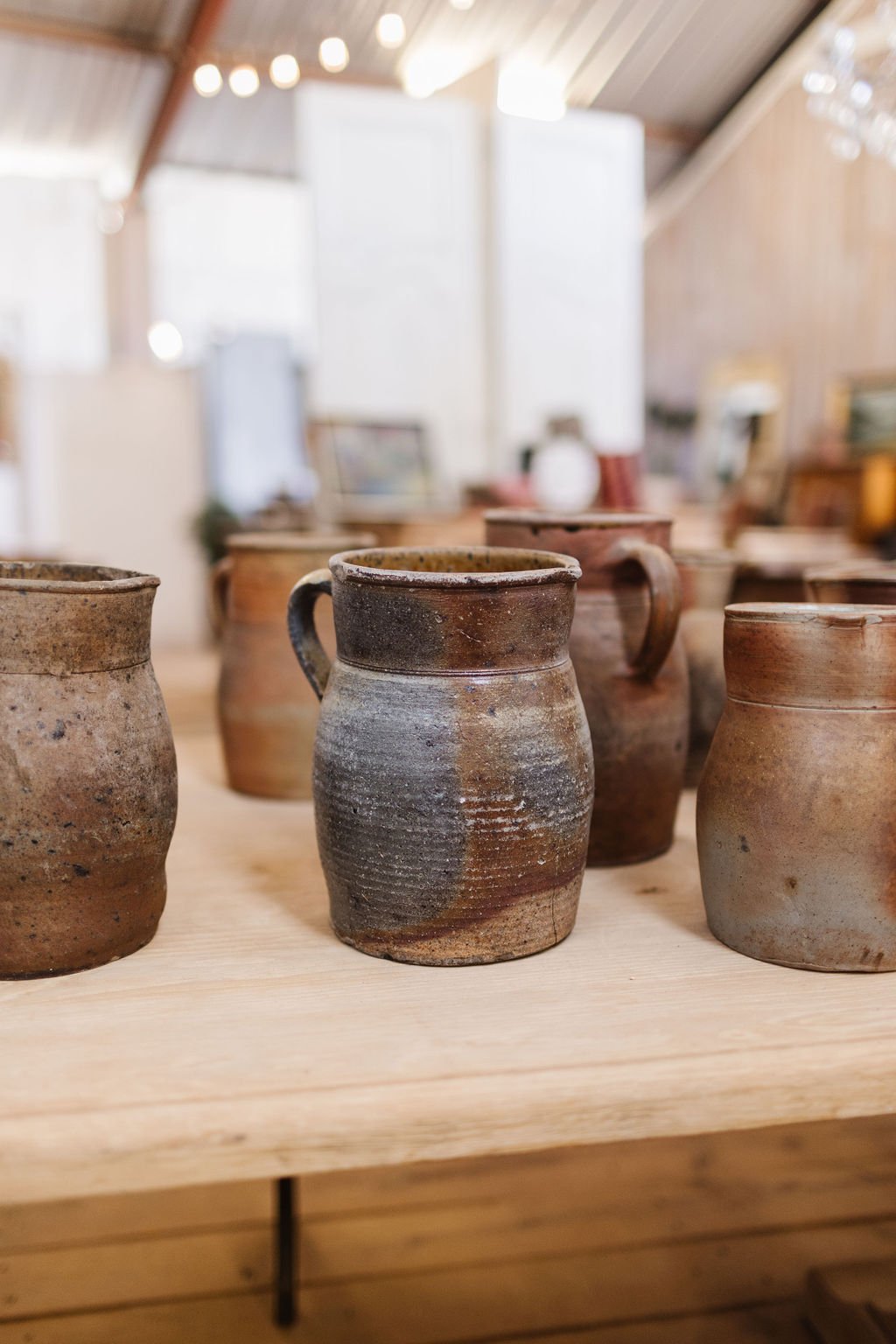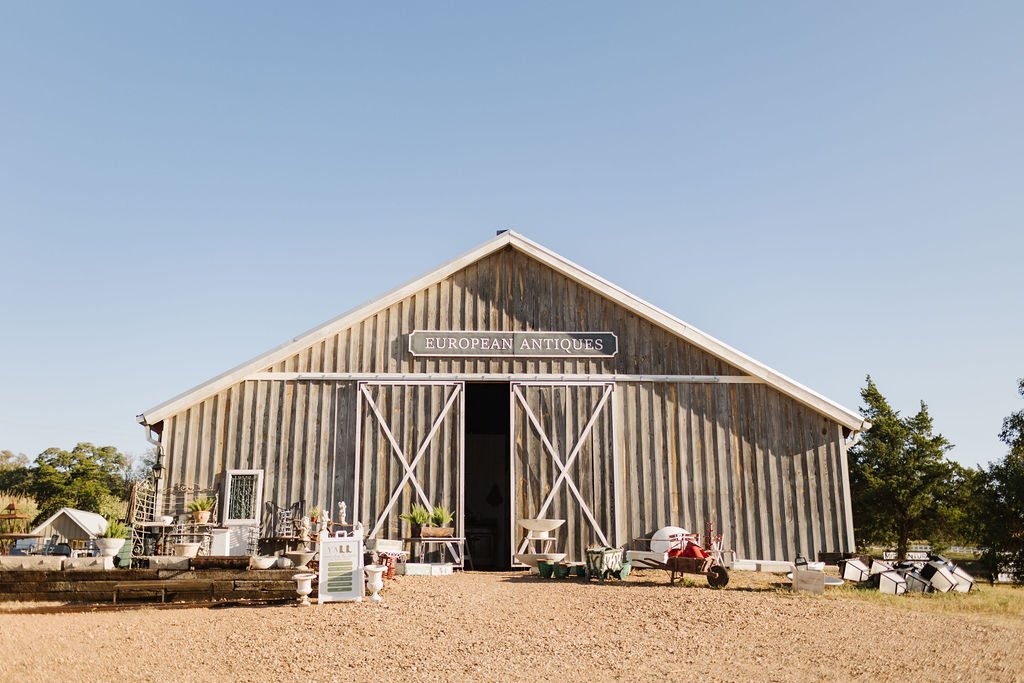Breaking the Rules: How to Mix Furniture Styles Like a Pro
/Are you tired of browsing through the same old furniture styles in every store? Do you want to create a unique and stylish look for your home that sets it apart from the rest? Mixing different furniture styles is the solution you've been looking for, and in this article, we explore the dos and don'ts of doing it like a pro. From mid-century modern to 19th-century pine antiques and fresh upholstery, we provide a roadmap on how to blend these styles seamlessly. By choosing a dominant style, considering color and texture, adding unifying elements, playing with proportions, and mixing high and low, you will be on your way to creating a look that is uniquely yours. So, roll up your sleeves, let's break some rules and start creating your dream space today!
Choose a Dominant Style
When mixing furniture styles, it's important to choose a dominant style to anchor the overall look and feel of the space. This doesn't mean that every piece of furniture has to match perfectly, but rather that there should be a common theme or aesthetic that ties everything together.
For example, if you love mid-century modern, consider making that the dominant style and then adding in complementary pieces from other eras or styles. This could mean pairing a sleek mid-century sofa with a rustic farmhouse coffee table or adding in vintage industrial lighting fixtures.
By choosing a dominant style, you give yourself a framework to work within and can make more confident decisions about what pieces to include or exclude from your space. It also helps to create a cohesive look that feels intentional rather than haphazard.
Of course, there's no one right way to choose a dominant style - it's ultimately up to your personal taste and preferences. If you aren’t sure, look to the architecture for ideas. The era and style of the home can be a great jumping off point.
Consider Color and Texture
When it comes to combining different furniture styles, considering color and texture is key. These elements can help tie together seemingly disparate pieces and create a cohesive look in your space.
To start, think about the color scheme you want to work with. Choose one or two dominant colors and use them consistently throughout the room. For example, if you're mixing mid-century modern and bohemian styles, try using warm, earthy tones like rust and olive green as your main colors. Then, add in pops of color with accessories like pillows, rugs, and artwork.
Texture is another important factor to consider. Mixing different textures can add depth and interest to your space. Try pairing smooth leather chairs with a cozy shag rug, or a sleek metal coffee table with a chunky knit throw blanket. Just be sure to balance textures so that your room doesn't feel too chaotic or overwhelming.
By combining different furniture styles with thoughtful consideration of color and texture, you can create a truly unique and stylish space.
Add Unifying Elements
To truly achieve a cohesive look when mixing furniture styles, it's important to bring in unifying elements. These elements can be anything from a shared color palette to repeated design motifs. For example, if you have a clean lined modern sofa paired with a traditional wingback chair, you can add cohesion through matching throw pillows or a rug that incorporates both styles. Another option is to choose a statement piece that incorporates elements of both styles, like a contemporary coffee table with tapered legs and a warm wood finish.
By consciously choosing unifying elements, you can ensure that your mixed furniture styles don't clash and instead work together to create a harmonious space. This will set the stage for the next step in mixing furniture styles: playing with proportions.
Play with Proportions
Playing with proportions is all about creating visual interest and balance. If you have a large, overstuffed sofa, pair it with a sleeker, smaller accent chair. Or, if you have a bold, statement-making piece of furniture, balance it out with more understated pieces. By experimenting with varying sizes and shapes, you can create a dynamic and visually appealing space.
But, as with any design element, it's important not to go overboard. Too many large pieces can make a room feel cluttered and overwhelming, while too many small pieces can make a room feel underwhelming and disjointed. Finding the right balance takes practice, but playing with proportions is a fun and creative way to express your personal style.
Mix High and Low
As mentioned before, finding the right balance in mixing furniture styles is key. One way to achieve this balance is by combining high-end pieces with more affordable options. This not only adds an interesting dimension to a room, but it is also a great way to stay within a budget.
When it comes to buying high-end furniture, invest in pieces that are timeless and versatile. A classic leather sofa or custom drapery may cost more upfront, but they will last for years and can be paired with different styles over time.
On the other hand, low-end pieces such as budget-friendly accent tables or pillows can add a pop of color or texture to a room without breaking the bank. Thrift stores and flea markets are great places to find unique, affordable finds that can be incorporated into your design.
When mixing high and low-end pieces, it's important to pay attention to the quality of construction and materials. A well-made low-end piece can look just as good as a high-end option if it is made with care and attention to detail.
In conclusion, mixing furniture styles can seem daunting, but with the right approach, it can elevate your home's design to a whole new level. Remember to choose a dominant style, consider color and texture, add unifying elements, play with proportions, and mix high and low pieces. By combining these tips, you can create a space that is uniquely yours and impress your guests with your designer-worthy look. As you experiment, don't forget to add your personal touch to truly make it your own. So, start mixing and matching today and see how breaking the rules can lead to a stunning and original space. And if you feel stuck, you can always let us do the heavy lifting. Learn more about our interior design services here.

